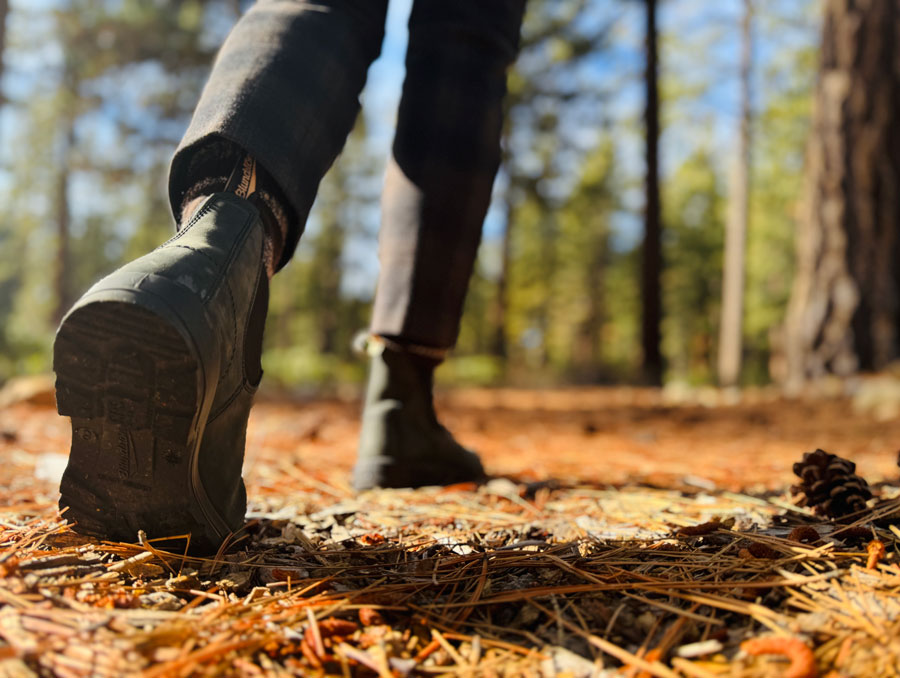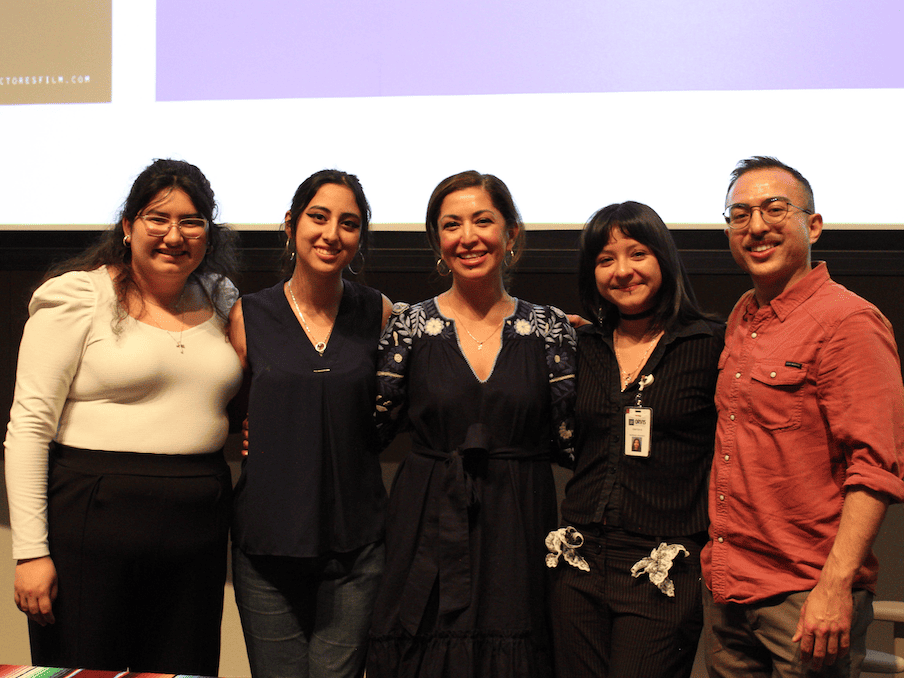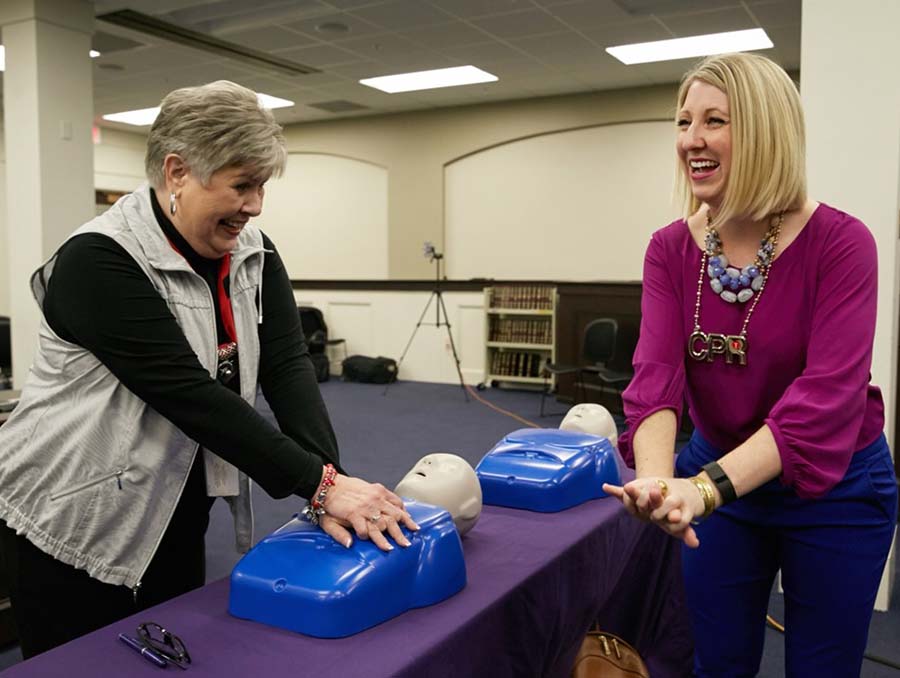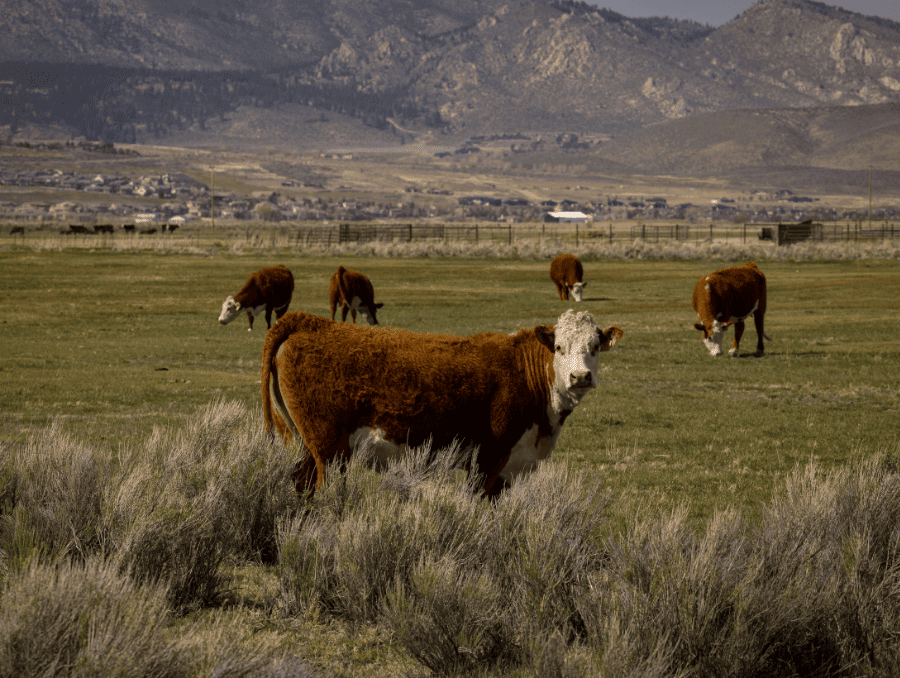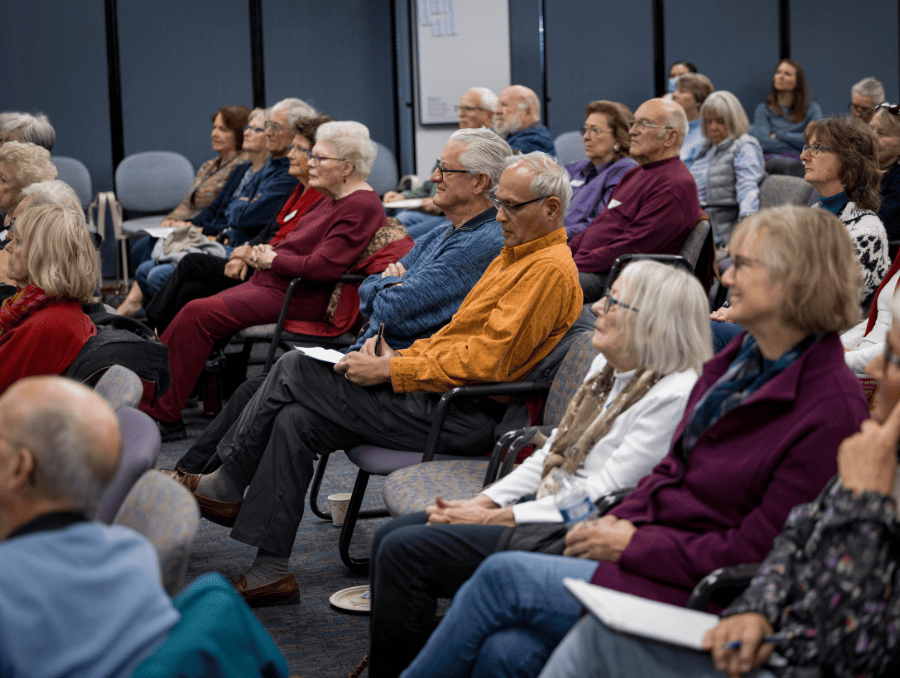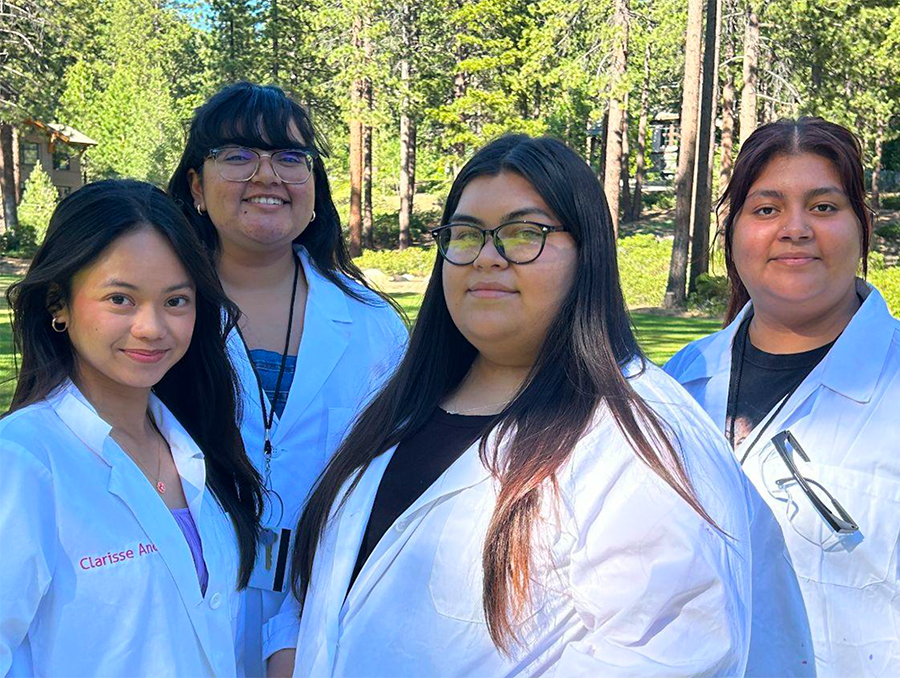
Find more answers here!
Humans have evolved to live much of their lives indoors or in urban, man-made environments. Increasingly, however, research shows the value of a walk in the woods. Melissa Piasecki, M.D., Senior Associate Dean at the University of Nevada, Reno School of Medicine (UNR Med), explains how people's brains and bodies are changed for the better when exposed to nature and provides some tips and guidelines for adding a nature boost to your own life. Piasecki presented on this topic as part of the 2023 Talks at Tahoe speaker series at the University of Nevada, Reno at Lake Tahoe.
Nature's impact on mental and physical health is a very popular topic right now among researchers as well as those looking to improve their well-being. Why do you think that is (and why are you interested in it)?
My personal interest comes from both personal experience and my professional interest in supporting the well-being of students, faculty, staff and colleagues. In northern Nevada, we live our daily lives within minutes of Tahoe and the Sierra wilderness-- some of the most beautiful and accessible natural places in the country and world. What could be better than harnessing the benefits of our amazing “neighborhood?”
Research using EEG and other measures to study brain activities during nature exposure find that rhythmic brain activity indicates better attention, higher functional connectivity and altered sensory processing. These findings correspond with increased focus, cognitive flexibility and creativity.
The more general interest is related to research findings that exposure to green spaces is one of the social determinants of health. This area of study is fueled by findings of improved mental health, memory, creativity and lower mortality for populations who grew up or lived near green spaces. This is relevant for urban planning and design of living spaces, especially in view of the ongoing urban migration with more of the world’s people exposed to urban environments.
What does exposure to nature do to the brain?
We are learning more about the underlying mechanisms of nature's impact through different approaches. Research using EEG and other measures to study brain activities during nature exposure find that rhythmic brain activity indicates better attention, higher functional connectivity and altered sensory processing. These findings correspond with increased focus, cognitive flexibility and creativity. A study using functional neuroimaging (fMRI) found lower activation of the brain structure that signals fear and threat (the amygdala) after a 60-minute walk in a natural environment compared to an urban environment. This finding was associated with reports of feeling “restored” and having improved attention. Another fMRI study found decreased blood flow in the prefrontal cortex, which correlated with self-reports of decreased “rumination,” after a 90-minute nature walk compared with an urban walk. These studies are just scratching the surface; I expect much more discovery on the neural correlates of improved well-being in the next few years.
How much exposure to nature do we need (and is a plant in an office enough)?
All people benefit from exposure and interaction. The right “dose and duration” depends on each person’s circumstances.
On one end of the spectrum, just being placed near a window with a natural view (compared to a view of a brick wall) is associated with faster healing and less pain medication for surgical patients. Indoor plants and photos of natural spaces bring benefits when we are indoors. Virtual environments using video also have measurable benefits.
For those who are able to be outside, there is good evidence that 30 minutes a week is helpful and that a total of 120 minutes a week is consistently associated with higher levels of physical health and self-reported well-being.
I think the best approach to this question of “how to get the right dose” is to first acknowledge that we have busy lives and have competing demands on our time so we need to do what works. Ideally, we will have an opportunity for a daily walk in a park, a weekly hike and an off-the-grid adventure every twelve months that allows us to be immersed in nature for several days. Combining nature time with other activities such as meetings with colleagues and get-togethers with family and friends has the added benefits of social connections and shared experiences. Another strategy is looking at the combined benefits of nature and exercise on health and mental health- can we plan some of our favorite types of exercise in natural spaces?
What is the history and practice of forest bathing?
For centuries, humans have deliberately designed contact with the natural world for well-being. For example, Hippocrates designed a hospital in 357 BC with a garden to help patients heal. In Middle Ages, “monastery cures” included rest and work in a garden. In modern times, research on the benefits of contact with forests began in the 1980s and 1990s with physiological measurements to track the impact. Early experiments in Japan found measurable changes in stress hormones following exposure to nature, which in Japan is known as shinrin-yoku and translates to “forest bathing.” This led to a growing scientific interest in measuring the physical and mental benefits of exposure to nature. A recent discovery was improved immune functioning. During COVID-19 pandemic restrictions, many people became even more interested in the benefits of outdoor activities in the forest.
How might studying in an environment like we have at the University of Nevada, Reno at Lake Tahoe, with plenty of access to stunning natural landscapes and vistas, impact education and memory retention?
The Lake Tahoe campus is the perfect place to experience the benefits of forests – the scents, sights and sounds all bring health and well-being advantages to everyone on campus. Research on the impact of forest walking with college students focused on student learning motivation, engagement and attentional fatigue and found that after eight weeks of a 30-minute weekly walk in the woods, students demonstrated cumulative benefits in their learning engagement. This line of research has led to a call for more opportunities for students to experience nature, such as designing more green spaces on or near college campuses. Clearly, our Lake Tahoe location is placed in the ideal setting, where simply looking out the window, walking across campus or taking a short stroll to a Lake Tahoe beach can bring these benefits to students, faculty and staff.
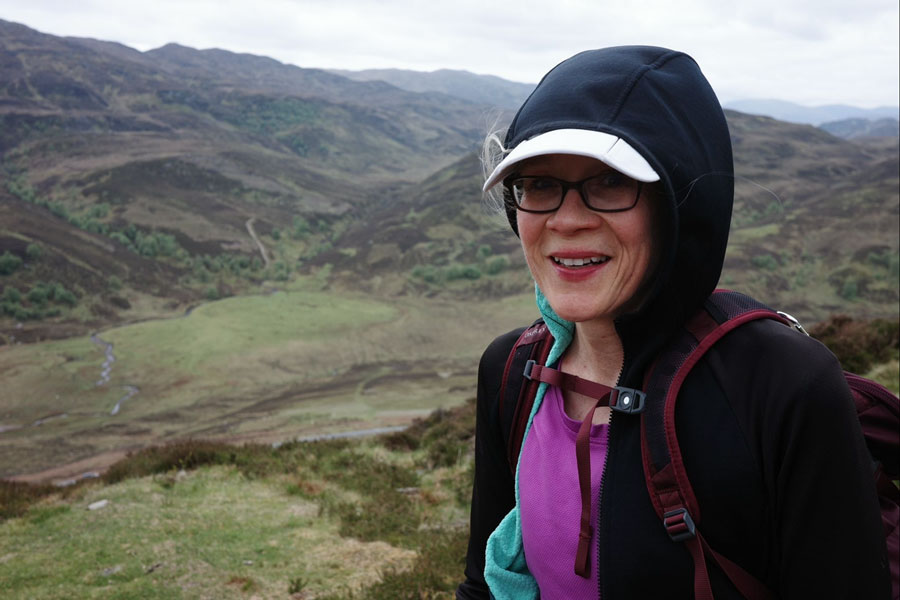
About Melissa Piasecki, M.D.
Melissa Piasecki, M.D., completed her residency in Psychiatry at the University of Vermont and a fellowship in Forensic Psychiatry at University of Hawaii. Piasecki teaches medical students and residents as well as physicians in practice and legal professionals. Her research is in implicit attitudes and she has edited and co-edited texts on Correctional Psychiatry, communication skills and Problem Based Learning.
Piasecki is the Faculty LCME Accreditation Lead for UNR Med. She also oversees several academic support units and functions including Savitt Medical Library, Statewide Initiatives, Office of Continuous Institutional Assessment and Conflict of Interest.
